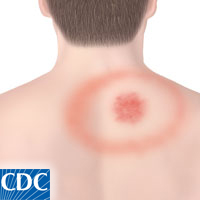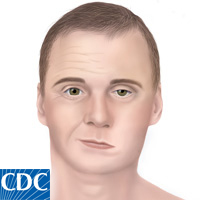Lyme Disease Symptoms - How Do I Know If I Have Lyme Disease?
Did you just find a tick on yourself or a loved one? TickCheck can test your tick and determine whether it carries the bacteria that transmit Lyme disease and other tick-borne infections.
Lyme disease can affect many body systems including the joints, heart, and brain. It is a progressive disease which becomes more debilitating and harder to treat the longer a person has been infected. Not everyone who is bitten by a tick will experience the full range of symptoms. Often, symptoms may disappear on their own, or will resolve entirely after treatment. Further questions or concerns can be brought to your health care provider.
If you were bitten by a deer tick or western blacklegged tick and are experiencing any of the following symptoms, contact a medical professional immediately.
Initial Signs Of Lyme Disease
- Erythema migrans rash — aka the “bulls-eye” rash, often expanding from the tick bite but can spread to other areas of the body. This symptom does not always appear, but is seem in 80% of infected people within 30 days.
- Flu-like symptoms including headache, body aches, fever, malaise, etc.
If you are bitten by an infected tick that carries the Lyme bacteria Borrelia burgdorferi, the likelihood of transmission of Lyme disease rises the longer the tick was embedded.
The incubation period of Lyme disease, which is the amount of time that elapses before symptoms become apparent, can range from 3 to 30 days.

Erythema migrans rash
Lyme Disease Symptoms List
Lyme disease affects different people in different ways, with some individuals experiencing more severe symptoms than others. According to the CDC, common symptoms of Lyme disease include the following:

Bell's palsy (facial palsy)
- Joint pain and swelling
- Increasing headaches
- Bell's palsy — Muscle weakness in the face
- Heart palpitations
- Sleep distrubances
